Foods with a high fibre content assist with maintaining bowel wellness, keep you satiated for longer along with many other health benefits.
Looking to increase your fibre intake? Together with adequate fluid intake, fibre passes quickly and fairly quickly through the digestive tract and aids in its normal functioning. A diet strong in fibre can lower the likelihood of obesity, cardiovascular disease, and diabetes.
Women should consume 21 to 25 grams of fibre per day, whereas males should consume 30 to 38 grams.
Table of Contents
What is fibre?
Fibre is a form of carbohydrate that cannot be digested by the body. Despite the fact that the majority of carbohydrates are converted into sugar molecules known as glucose, fibre is unable to dissolve into the molecules and travels through the human digestive system undigested.
What is dietary fibre?
Dietary fibre, additionally referred to as bulk, comprises the indigestible and non-assimilable portions of plant foods. In contrast to other components of food, such as fats, proteins, and carbohydrates, which are metabolised and absorbed by the body, fibre is not digested. Instead, it passes through the gastrointestinal tract, small intestine, and colon relatively intact before leaving your body.
Commonly, fibre is classified as either soluble, that breaks down in water, or insoluble that does not.
Soluble fibre
This fibre type dissolves into water to create a gel-like substance. It can help reduce blood glucose and cholesterol levels. Oats, legumes, beans, citrus fruits, apples, carrots, barley, and psyllium all contain soluble fibre.
Insoluble fibre
This form of fibre promotes the movement of material through the digestive tract and increases stool bulk, so people who suffer with constipation or irregular stools may benefit from consuming it. Good sources of insoluble fibre include nuts, whole-wheat flour, wheat bran, legumes, and vegetables such as cauliflower, green beans, and potatoes.
The quantity of both soluble and insoluble fibre in various plant diets varies. Consume an array of high-fibre foods to obtain the greatest health benefit.
Health benefits of a high-fibre diet
Normalises gastrointestinal function: Dietary fibre increases the weight, volume, and softness of faeces. A stool that is more difficult to release reduces the likelihood of constipation. If you have loose and watery stools, fibre can help to solidify them by absorbing excess water and adding heft.
Maintains digestive health: A diet high in fibre may reduce the likelihood of developing haemorrhoids and small openings in the colon (diverticular disease). According to studies, a high-fibre diet may also reduce the possibility of colorectal cancer. A portion of fibre ferments in the colon. Researchers are investigating the manner in which this could possibly have an essential part in preventing colon diseases.
Cholesterol levels are reduced: The soluble fibre found in legumes, oats, flaxseed, and oat bran may assist in lowering total blood cholesterol levels by decreasing "bad," cholesterol levels. Studies have also demonstrated that high-fibre diets may have additional heart-health advantages, such as lowering blood pressure and reducing inflammation.
Regulates blood sugar levels: Fibre, particularly soluble fibre, can slow the breakdown of sugar and enhance blood sugar levels in diabetics. A diet rich in insoluble fibre may also reduce the likelihood of being diagnosed with type 2 diabetes.
Helps achieve a healthful weight. High-fibre foods are typically filling compared to low-fiber foods, which means you may consume less and feel satisfied for longer. And high-fiber foods typically take longer to consume and are less "energy dense," meaning they contain fewer calories per unit of food volume

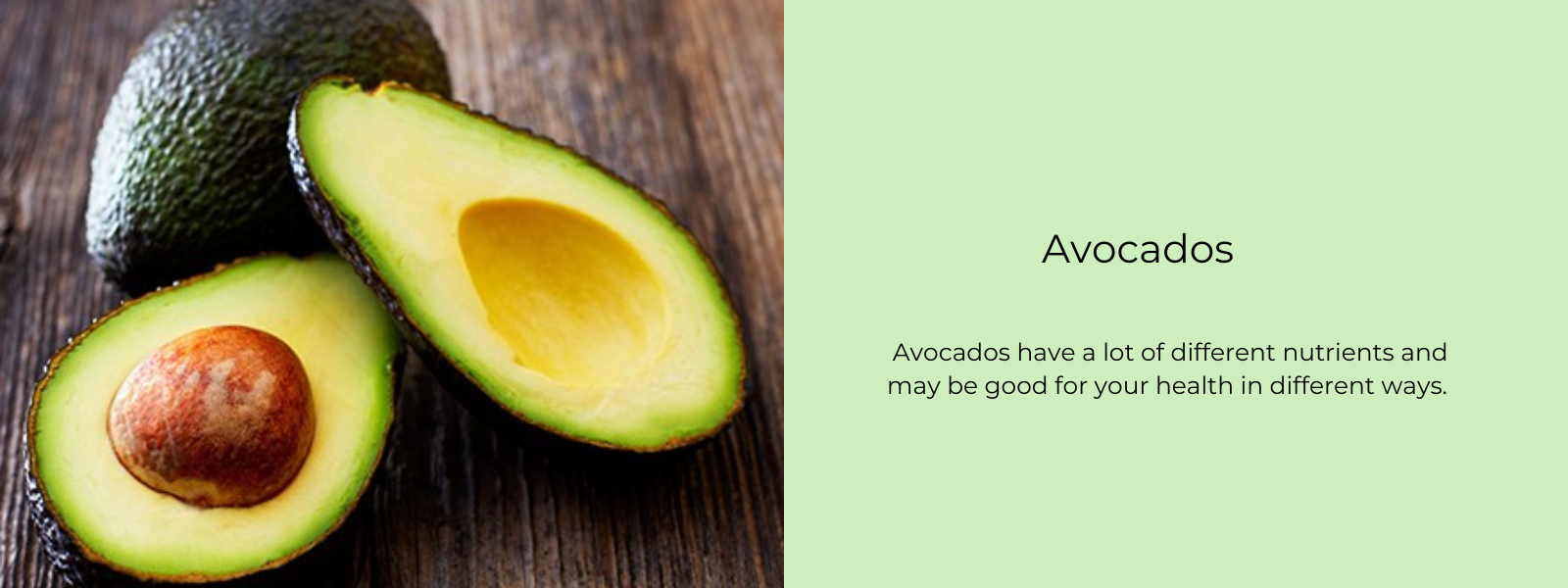
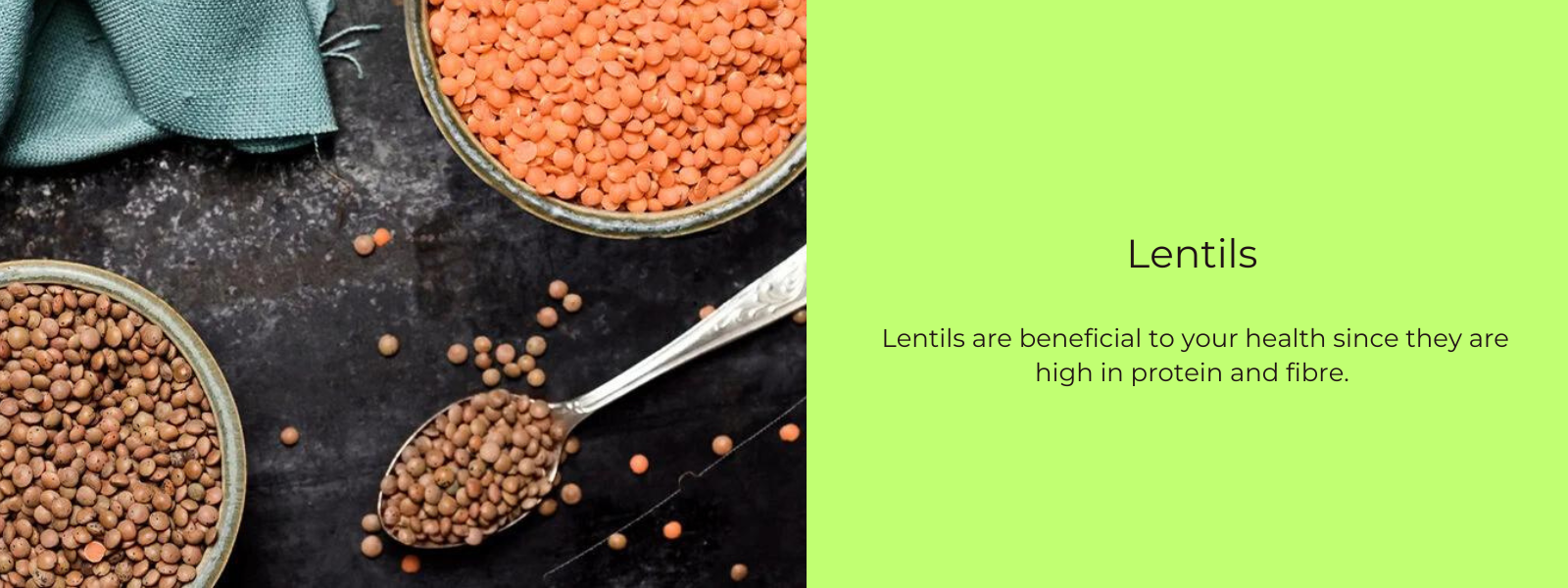

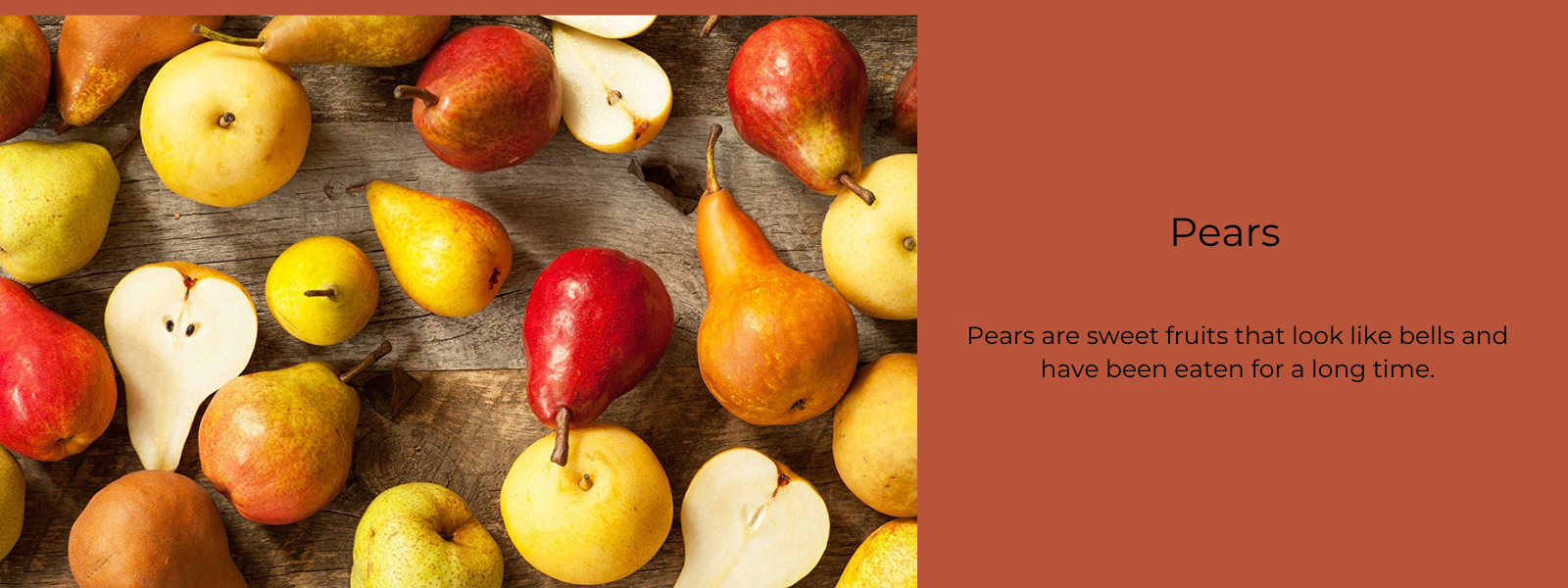
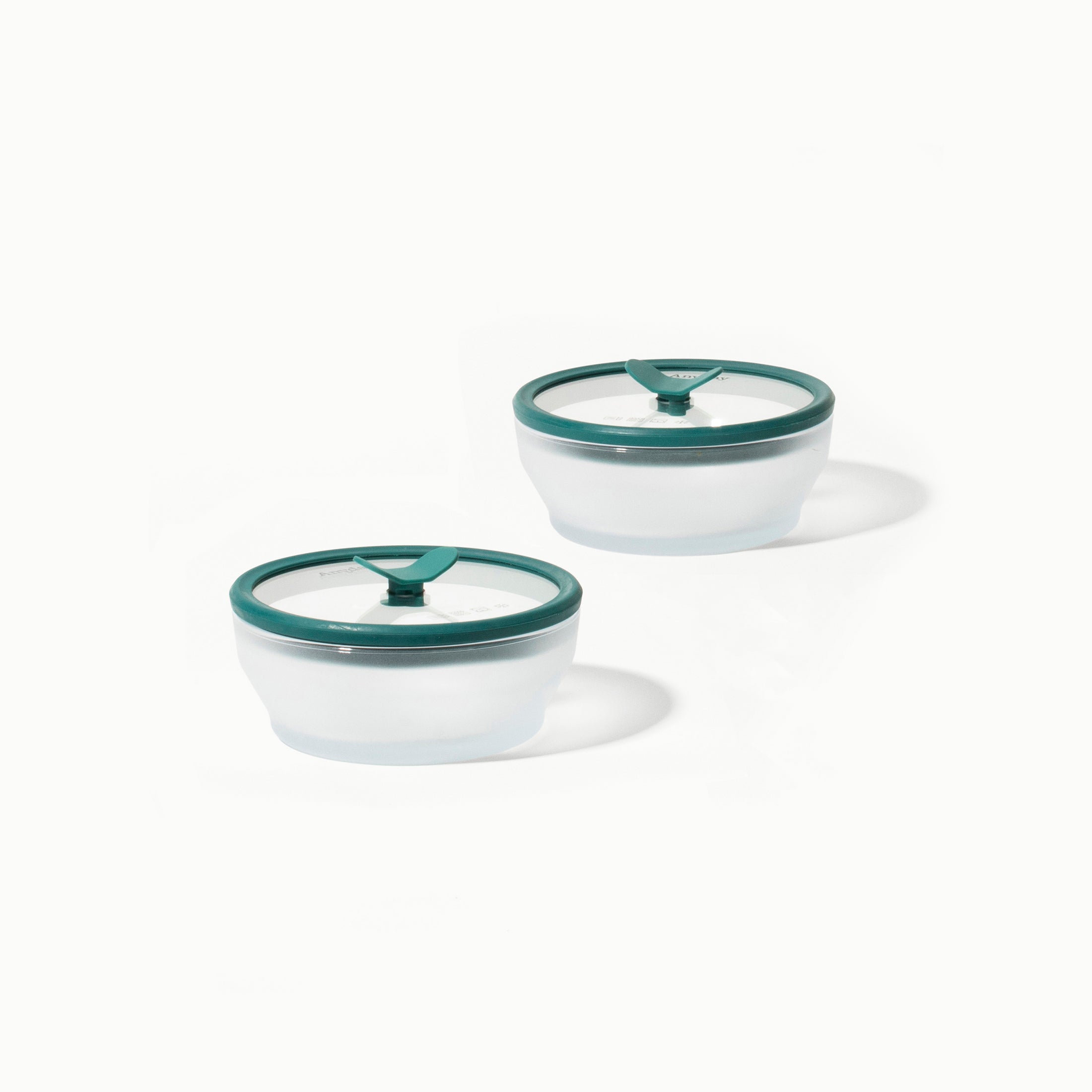
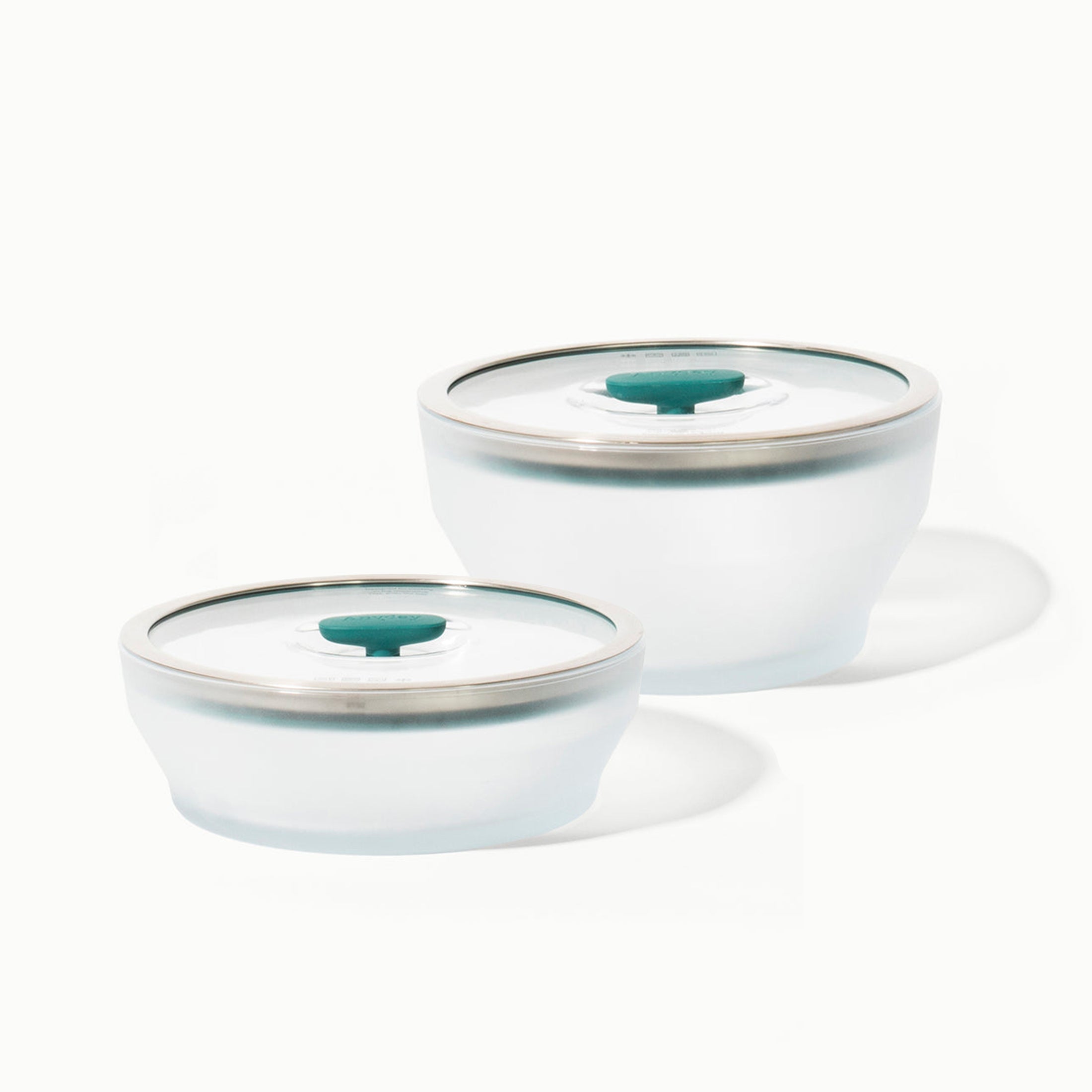




Leave a comment